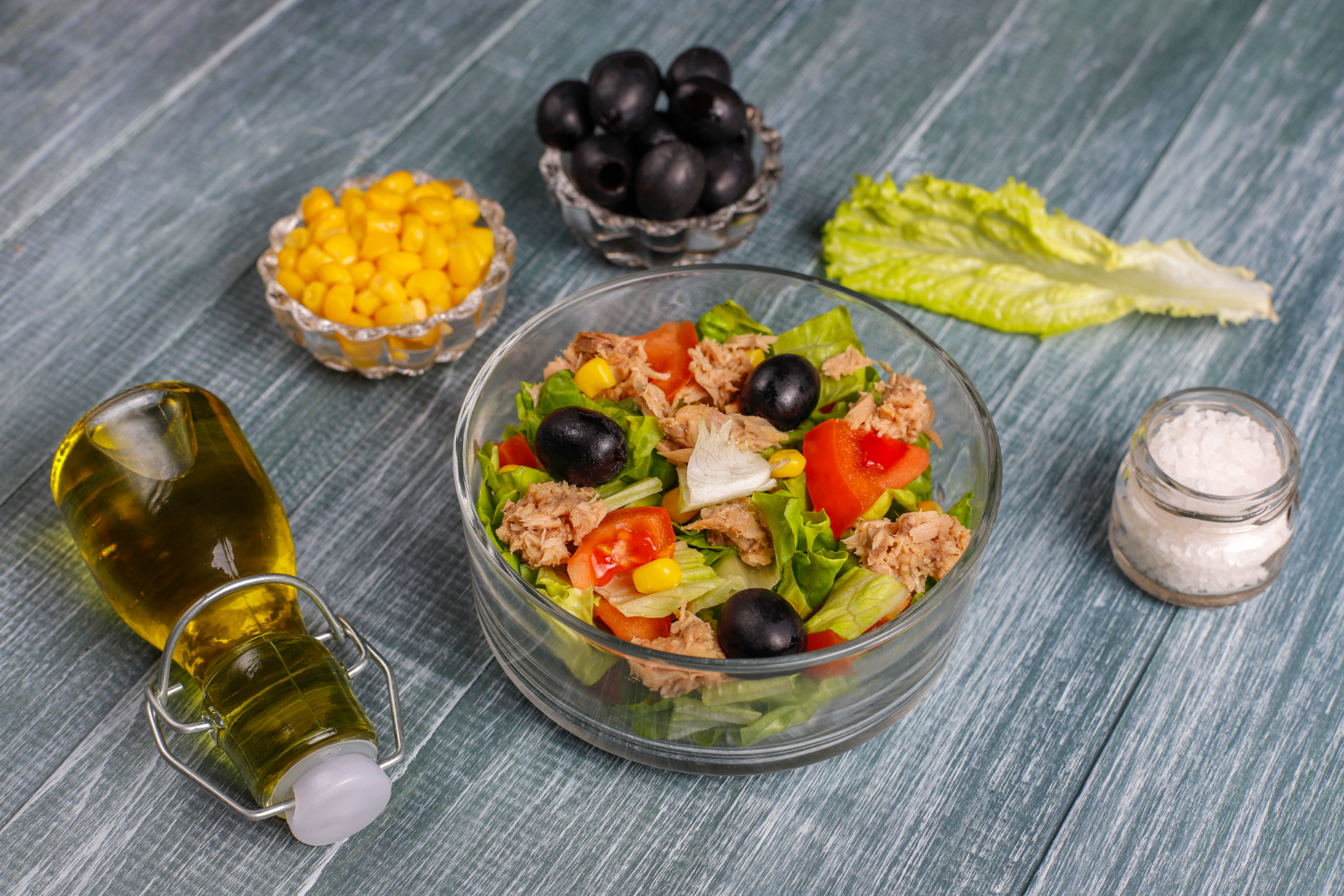It's no secret that the number of diseases such as type 2 diabetes and excess weight is growing. But there are a growing number of related diseases that are causing much less noise. Among them is non-alcoholic fatty liver disease (NAFLD).
ContentWhat is non-alcoholic fatty liver disease?Non-alcoholic fatty liver disease: symptomsNon-alcoholic fatty liver disease: how to prevent it?Conclusion
NAFLD is estimated to currently affect 32% of adults worldwide—for reference, type 2 diabetes affects about 10.5%, and 16% of people live with obesity. And that's what we need to talk about. WomanEL shares what you need to know about NAFLD and what you can do to improve your liver function (and cardiometabolic health).
What is non-alcoholic fatty liver disease?
NAFLD occurs when too much fat accumulates in the liver, but the cause of this fat accumulation is not related to alcohol consumption. Instead, it is associated with things like high calorie intake, excess body fat, and insulin resistance—metabolic problems—since the liver plays an important role in energy balance.
Poor metabolism harms the liver because the amount of fat (called triglyceride) increases and hormonal changes cause the body to store this fat in the liver rather than burn it for energy.
This fat accumulation does not necessarily lead to long-term and irreversible damage. But it puts a strain on the liver and makes it difficult to function (including detoxification). It also puts people at higher risk of developing other diseases such as diabetes and heart disease. People with these diseases are also at high risk of NAFLD.
However, if you continue with unfavorable lifestyle habits, the situation can snowball. In severe cases, inflammation and damage can occur in combination with fat accumulation (called non-alcoholic steatosis), which can lead to cirrhosis and even liver cancer.
Non-alcoholic fatty liver disease: symptoms
The difficulty is that there are very few signs of this silent disease, and most people do not experience any symptoms, especially in the early stages.
Health care providers may check your triglyceride and blood sugar levels with a blood test to assess your risk of developing this condition. The blood test also measures levels of liver enzymes such as alanine aminotransferase and gamma-glutamyltransferase. These biomarkers are not often included in routine blood tests, so they can only be measured as part of a liver function test if your healthcare provider thinks it's warranted.
That's what makes this disease so insidious: if you don't go See your doctor until you feel any symptoms (for example, fatigue or a dull ache in the lower right side of the ribs), the disease will progress. And it is at the stage of cirrhosis – serious scarring of the liver – that the damage is irreversible.
Non-alcoholic fatty liver disease: how to prevent it?
 How to eat for a healthy liver, Source: freepik.com
How to eat for a healthy liver, Source: freepik.com
The good news is that you can prevent fatty liver disease and reverse some—if not all—of your current fat accumulation. This includes lifestyle changes: There are no medications to rely on.
- Aim for healthy weight loss. In fact, it is the mainstay of treatment for NAFLD, as disease progression is highly correlated with overweight and obesity. Even moderate, gradual reduction in body fat can significantly reduce liver fat.
- Increase your protein intake. A high protein diet helps burn fat. Protein speeds up your metabolism (digesting protein takes more energy than digesting fat), helps keep you full, and helps burn fat while maintaining muscle mass, which is vital for sustainable weight loss. Most people need at least 100 grams of protein per day.
- Follow the Mediterranean diet. Many studies show that following the principles of the Mediterranean diet (such as reducing sugar and refined carbohydrates) and increasing your intake of monounsaturated fats (such as olive oil) and Omega-3s can reduce liver fat.
- Eat Lots of fiber: Research shows that eating a diet rich in fiber is associated with a lower risk of developing NAFLD. Fiber promotes healthy weight and balanced energy levels, while excess energy (or calories) is a major factor in the accumulation of fat in liver cells.
- Get regular physical activity. A sedentary lifestyle (by itself and in combination with poor diet) is a contributing factor to fatty liver disease. Numerous clinical studies show that both aerobic and resistance exercise reduce liver fat and improve insulin resistance.
- Include liver-healthy antioxidants and vitamins. Vitamin B12, vitamin C, vitamin D, NAC, selenium, glutathione, milk thistle and turmeric help the liver perform its detoxification duties and can be obtained either through food or through targeted liver supplements.
< h2 id="%d0%b2%d1%8b%d0%b2%d0%be%d0%b4" class="rb-heading-index-3 wp-block-heading">Output
If you have a poor metabolism, your liver will suffer. And many people may not be aware of this connection. The silent progression of NAFLD makes it difficult to detect the disease, especially if you do not get at least annual checkups.
Lifestyle changes are currently the only research-supported treatment option to reduce the burden of NAFLD, reverse it, or completely prevent it . Maintaining a healthy weight, eating a protein- and fiber-rich diet with plenty of vegetables, and getting enough physical activity are the best ways to improve metabolic health and, in turn, liver health.
Want to drink less alcohol? This is much easier to do than it seems. Here are some ways to practice mindfulness in this regard.
